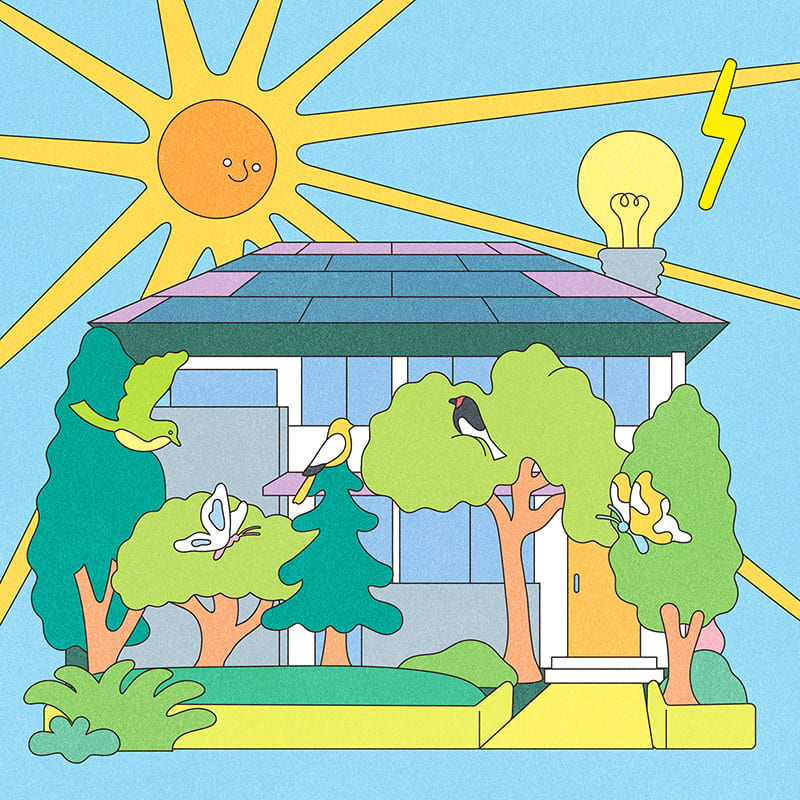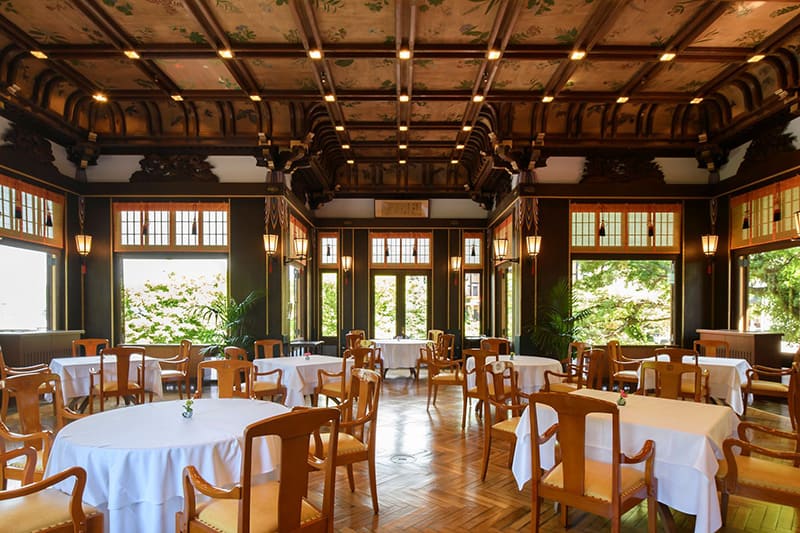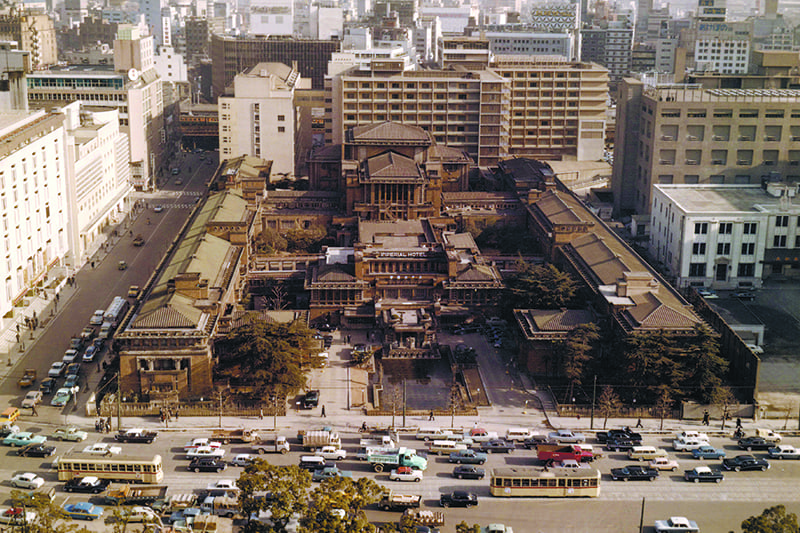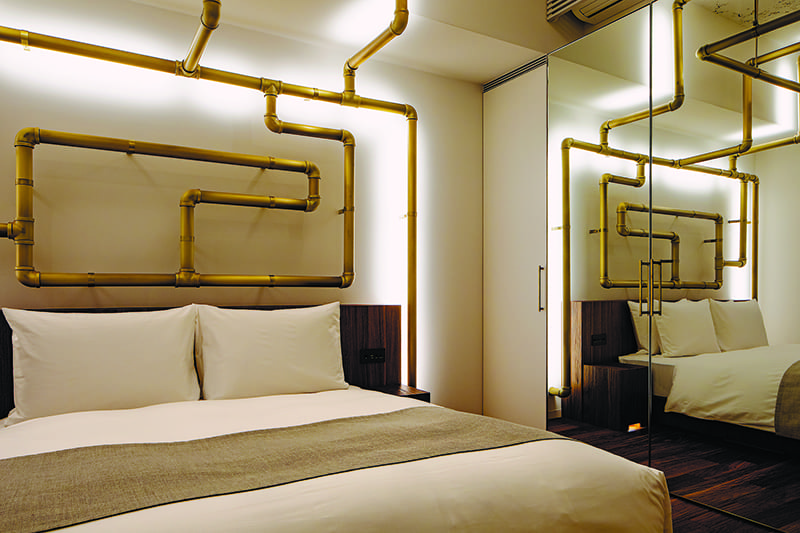April 28, 2022
Journey to a world of zero waste in Shikoku
TOKUSHIMA
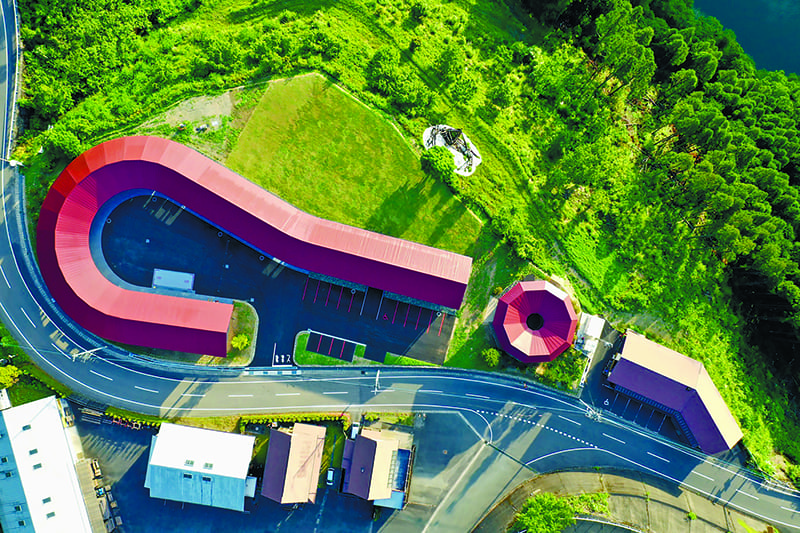
Alocal waste collection center has become a tourism resource. This unique initiative was undertaken by Kamikatsu, a town of about 1,500 people — Shikoku’s smallest — situated in central Tokushima Prefecture. In 2003, Kamikatsu became the first town in Japan to issue a “zero waste declaration,” with the stated aim of reducing incinerator and landfill garbage to zero by 2020. A variety of projects have been carried out thus far.
In Kamikatsu, where houses stand side by side on the slopes of hills and valleys, most roads were once so narrow that cars could barely pass each other. This precluded the use of garbage collection trucks, and “field burning” of household garbage was the norm in the district where the waste station is now located. An incinerator was installed in 1997 but closed down three years later due to the problem of dioxin emissions. After extensive discussion of possible community-wide waste disposal solutions, residents were encouraged to compost their kitchen scraps, and a system was launched for the separation of other types of waste into 30-plus categories for recycling. A culture promoting the collection and reuse of secondhand goods has been fostered as well.
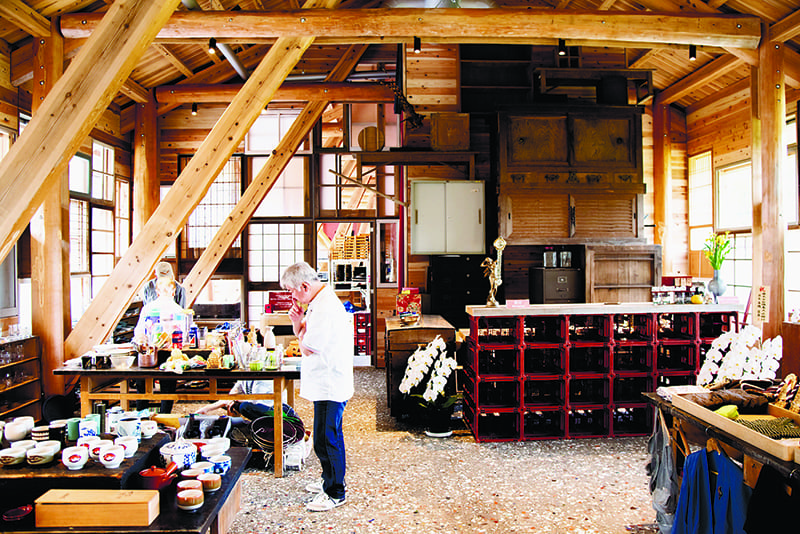
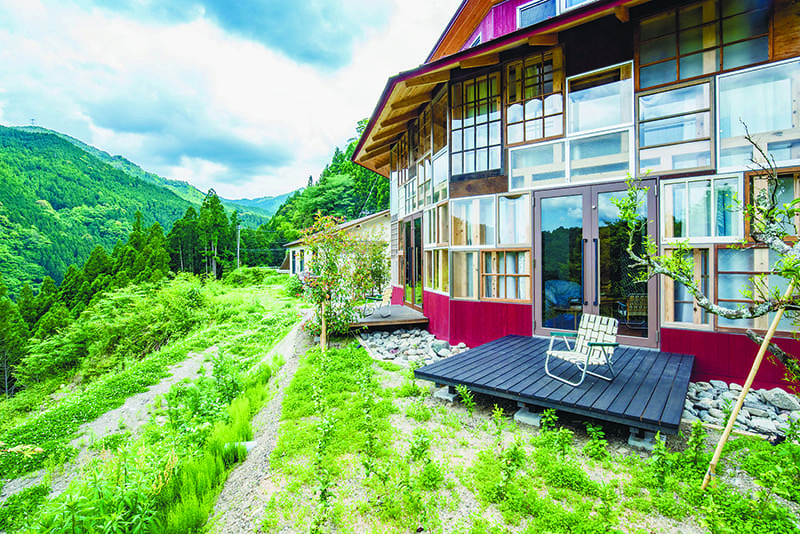
The Kamikatsu Zero Waste Center promotes reuse by collecting used items from local residents and offering them at no cost.
All of the hotel’s window frames reuse old window fittings gathered from around the area. Guests can enjoy beautiful mountain scenery from the wood decks. | COURTESY: TRANSIT GENERAL OFFICE INC. / SATOSHI MATSUO
These years of efforts on the part of local residents and the municipal government have borne fruit: The recycling rate is now 80%. Many representatives of local governments, companies and universities from outside the prefecture have come to observe the town’s activities. Moreover, it seems increasing numbers of young people interested in environmental initiatives are moving to the area.
To disseminate this type of community project in Japan and overseas, the Kamikatsu Zero Waste Center, and the adjacent accommodation facility Hotel Why, began operations in May 2020. Seen from above, the complex forms a question mark. Its curved structure encompasses a waste sorting area, a “reuse shop” offering used items donated by townspeople and a community gathering hall for residents and visitors. The round building situated at a slight remove is the hotel, where tourists can experience zero waste practices firsthand.

| COURTESY: TRANSIT GENERAL OFFICE INC. / SATOSHI MATSUO
Architect Hiroshi Nakamura, who designed the facility, collected used wood and discarded fixtures and scrap materials from the local area in cooperation with townspeople, and created a community-participation architectural model. Especially unique are the hotel’s window frames, made from about 540 disused fittings gathered from around the town. According to Nakamura, all the fittings differ in shape and size, but the special character of each was brought to life in the architectural design.
“I think taking a serious look at waste gives people a new perspective on daily life,” said Momona Otsuka, the center’s chief environmental officer, herself a transplant to the town of Kamikatsu. “We offer hotel guests a variety of firsthand zero waste experiences. For instance, amenities are kept to a minimum during their stay, at check-in time they cut off only as much soap as they’ll need, and at meals they’re asked to put all remaining food scraps into the compost. We also have activities like a tour introducing Kamikatsu’s zero waste initiatives.”
In December 2020, the end of the initial period of the zero waste declaration, Kamikatsu declared new goals for 2030: “creating a process for learning about waste and environmental issues, and producing leaders of the next generation.” It is hoped that many more people will experience firsthand Kamikatsu’s natural setting and its commitment to zero waste.
Hotel Why
The accommodation facility is adjacent to the Kamikatsu Zero Waste Center in Tokushima Prefecture. It is one hour by car from Tokushima Awaodori Airport.
● 7-2 Aza Shimoniura, Oaza Fukuhara, Kamikatsu-cho, Katsura-gun, Tokushima Prefecture
Tel: 080-2989-1533
https://why-kamikatsu.jp/en/
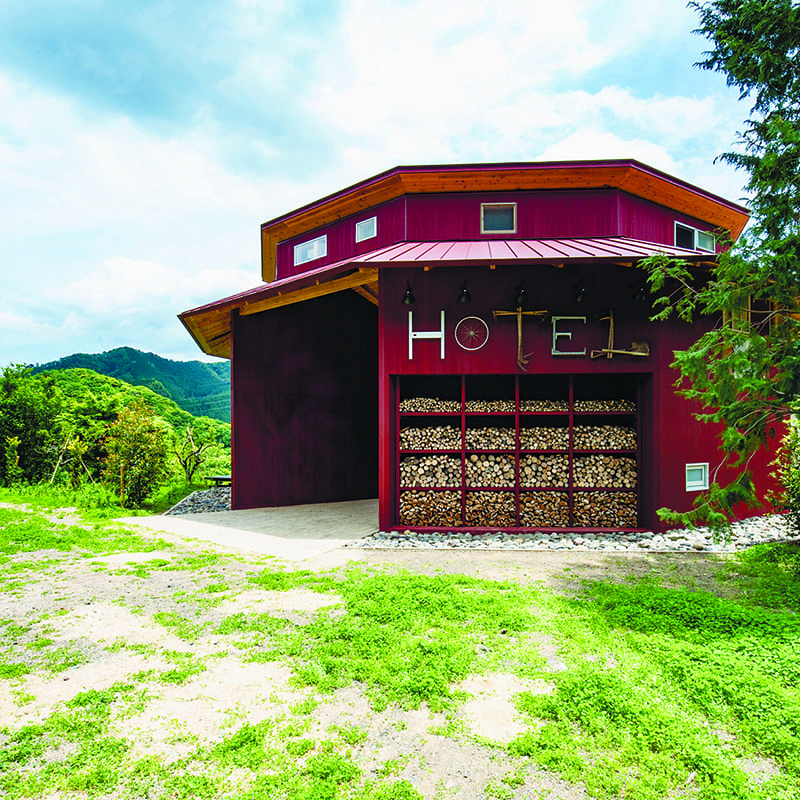
ゼロウェイストを体感する旅
地域のゴミ回収センターが観光資源になる。そんな異例の目標を掲げるのが、徳島県の人口1500人ほどの町、上勝町だ。2003年、日本初の「ゼロ・ウェイスト宣言」を公表以来、多様な試みが行われてきた。
車がすれ違うのも困難な狭い道がほとんどだった上勝町では、ごみ収集車が運用できず、地域としてゴミを減らすために様々な取り組みが行われてきた。結果、現在ではゴミのリサイクル率8割を達成。県外から多くの機関が視察に訪れるようになったほか、環境への配慮に関心をもつ若い移住者も増加してきたという。
こうした地域の挑戦を国内外に広めるべく、2020年5月から運営を開始したのが「上勝町ゼロ・ウェイストセンター」と併設する宿泊体験型施設「HOTEL WHY」だ。ホテルのお客には、さまざまなゴミゼロの体験を提提供する。例えば、宿泊時のアメニティは最小限に抑え、生ゴミはすべてコンポストに入れたりするほか、地域内の活動を紹介するツアーも行う。ゴミゼロを丸ごと体感できる旅がここにある。
Return to Sustainable Japan Magazine Vol. 11 article list page


